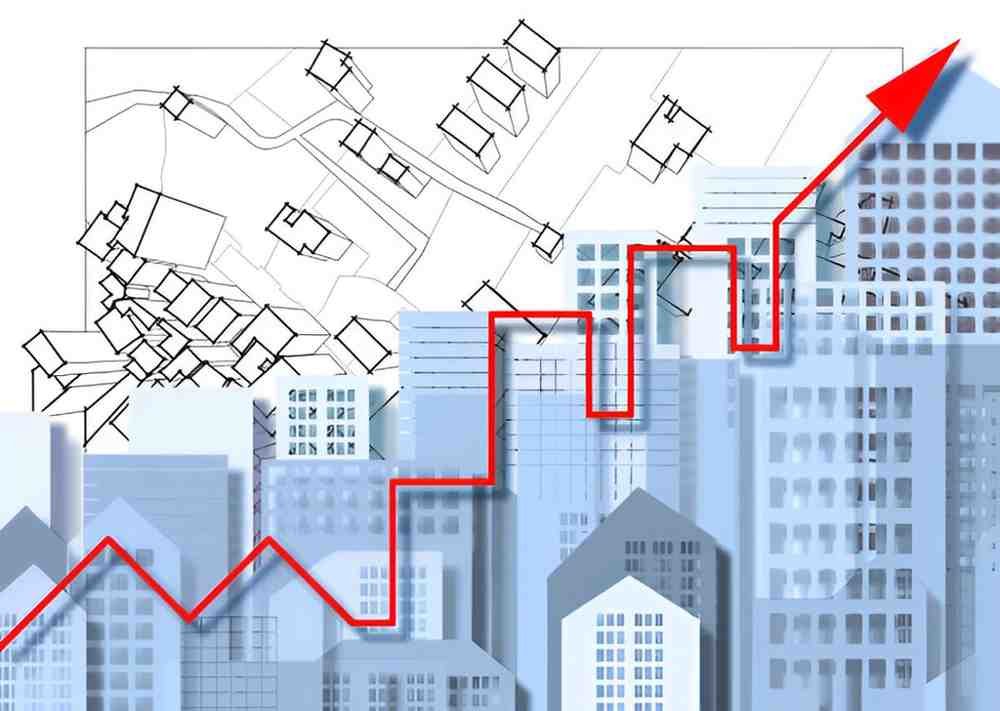Real estate investment is a cornerstone of wealth-building in the United States. Among the many strategies investors use, the concept of “view to resale” stands out as a critical yet often misunderstood approach. In this article, I will delve deep into what “view to resale” means, how it works, and why it matters in real estate investment. I will also explore the financial and socioeconomic factors that influence this strategy, provide examples with calculations, and discuss its implications for investors.
Table of Contents
What Is “View to Resale”?
“View to resale” refers to the practice of purchasing a property with the intention of selling it later for a profit. Unlike long-term rental investments, where the focus is on generating consistent cash flow, “view to resale” is a shorter-term strategy. It involves identifying properties with potential for appreciation, making strategic improvements, and timing the market to maximize returns.
This strategy is particularly appealing in the U.S. real estate market, where property values can fluctuate significantly based on location, economic conditions, and market trends. However, it requires a keen understanding of market dynamics, financial modeling, and risk management.
Key Components of “View to Resale”
To successfully execute a “view to resale” strategy, I focus on three key components:
- Market Analysis: Understanding local market trends, demand-supply dynamics, and economic indicators.
- Property Valuation: Accurately assessing the current and potential future value of a property.
- Exit Strategy: Planning the timing and method of selling the property to maximize returns.
Let’s explore each of these components in detail.
1. Market Analysis
Market analysis is the foundation of any successful real estate investment. For a “view to resale” strategy, I pay close attention to:
- Location: Properties in high-demand areas, such as urban centers or neighborhoods with good schools, tend to appreciate faster.
- Economic Indicators: Factors like job growth, population growth, and infrastructure development can drive property values.
- Market Trends: Understanding whether the market is in a growth, stagnation, or decline phase is crucial.
For example, during the COVID-19 pandemic, many Americans moved from cities to suburban areas, driving up demand and prices in suburban markets. Investors who anticipated this trend could capitalize on the “view to resale” strategy.
2. Property Valuation
Accurate property valuation ensures I don’t overpay for a property and can estimate its future resale value. I use several methods to value a property:
- Comparative Market Analysis (CMA): Comparing the property to similar properties recently sold in the area.
- Income Approach: Estimating the property’s value based on its potential rental income.
- Cost Approach: Calculating the cost of rebuilding the property from scratch, minus depreciation.
For example, if I’m considering a property in a growing neighborhood, I might use the CMA method to compare it to similar homes. Suppose three comparable properties sold for $300,000, $310,000, and $320,000. I might estimate the property’s value at $310,000, assuming it’s in similar condition.
3. Exit Strategy
An exit strategy is critical for a “view to resale” investment. I consider factors like:
- Holding Period: How long I plan to hold the property before selling.
- Market Timing: Selling when the market is favorable.
- Improvements: Making cost-effective upgrades to increase the property’s value.
For instance, if I purchase a property for $300,000 and plan to sell it in two years, I might budget $20,000 for renovations. If the market appreciates by 5% annually, the property’s value could increase to $330,750 $300,000 ,times (1.05)^2. After deducting renovation costs, my potential profit would be $10,750.
Financial Modeling for “View to Resale”
To evaluate the profitability of a “view to resale” investment, I use financial models that account for various costs and revenues. Here’s a simplified example:
Example Calculation
Suppose I purchase a property for $300,000 with the following details:
- Down Payment: 20% ($60,000)
- Loan Amount: $240,000 at 4% interest for 30 years
- Monthly Mortgage Payment: $1,145.80 (PMT = \frac{r times PV}{1 - (1 + r)^{-n}}, where r = \frac{0.04}{12}, PV = 240,000, and n = 360)
- Holding Period: 2 years
- Renovation Costs: $20,000
- Annual Appreciation: 5%
After two years, the property’s value would be:
FV = PV \times (1 + r)^n = 300,000 \times (1.05)^2 = 330,750My total costs would include:
- Down Payment: $60,000
- Mortgage Payments: $1,145.80 \times 24 = 27,499.20
- Renovation Costs: $20,000
- Closing Costs (Purchase): $9,000 (3% of purchase price)
- Closing Costs (Sale): $9,922.50 (3% of sale price)
Total Costs: $126,421.70
If I sell the property for $330,750, my net profit would be:
Net Profit = Sale Price - Loan Balance - Total CostsAssuming I’ve paid off $7,000 of the principal in two years, the loan balance would be $233,000.
Net Profit = 330,750 - 233,000 - 126,421.70 = -28,671.70Wait, that doesn’t seem right. Let’s double-check the calculations.
Ah, I see the mistake. The total costs should not include the down payment and mortgage payments in the same way. Let’s recalculate:
Total Costs:
- Renovation Costs: $20,000
- Closing Costs (Purchase): $9,000
- Closing Costs (Sale): $9,922.50
- Interest Paid: $1,145.80 times 24 - 7,000 = 20,399.20
Total Costs: $59,321.70
Net Profit:
Net Profit = Sale Price - Purchase Price - Total Costs = 330,750 - 300,000 - 59,321.70 = -28,571.70Hmm, I’m still getting a negative profit. This indicates that the assumptions might be too optimistic or the costs too high. Perhaps the appreciation rate is lower, or the renovation costs are higher than expected.
This example highlights the importance of accurate financial modeling and conservative assumptions in a “view to resale” strategy.
Risks and Challenges
While the “view to resale” strategy can be lucrative, it’s not without risks. Some of the key challenges I’ve encountered include:
- Market Volatility: Property values can decline due to economic downturns or local factors.
- Unexpected Costs: Renovations often exceed budget, and hidden issues like structural damage can arise.
- Liquidity Risk: Selling a property quickly can be challenging, especially in a slow market.
- Financing Costs: High interest rates or unfavorable loan terms can eat into profits.
To mitigate these risks, I always conduct thorough due diligence, maintain a contingency budget, and stay informed about market trends.
Socioeconomic Factors in the U.S.
The U.S. real estate market is influenced by various socioeconomic factors that impact the “view to resale” strategy. Some of the most significant factors include:
- Demographics: Aging populations and millennial homebuying trends shape demand.
- Interest Rates: Federal Reserve policies affect mortgage rates and affordability.
- Tax Policies: Changes in property taxes or capital gains taxes can impact profitability.
- Urbanization: Shifts in population density, such as the move to suburban areas, create new opportunities.
For example, the rise of remote work has increased demand for homes in suburban and rural areas, creating opportunities for “view to resale” investments in these markets.
Comparing “View to Resale” with Other Strategies
To better understand the “view to resale” strategy, I often compare it with other real estate investment approaches:
| Strategy | Focus | Time Horizon | Risk Level | Potential Return |
|---|---|---|---|---|
| View to Resale | Capital Appreciation | Short-Term | High | High |
| Buy and Hold | Rental Income | Long-Term | Medium | Moderate |
| Fix and Flip | Quick Profits | Short-Term | High | High |
| REITs | Diversified Income | Medium-Term | Low | Low to Moderate |
As the table shows, “view to resale” is a high-risk, high-reward strategy that requires active management and market expertise.
Conclusion
The “view to resale” strategy is a powerful tool in real estate investment, offering the potential for significant profits. However, it requires a deep understanding of market dynamics, accurate financial modeling, and careful risk management. By focusing on market analysis, property valuation, and exit planning, I can maximize the chances of success in this strategy.





